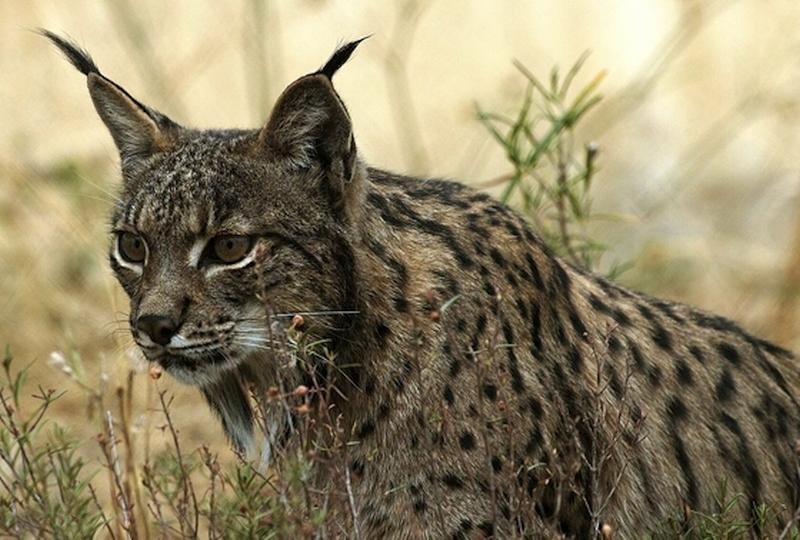- Spanish: Ciervo
- Scientific: Cervus elaphus hispanicus
- English: Red Deer
- French: Cerf élaphe
- German: Rothirsch
- Italian: Cervo nobile
- Portugese: Veado
Description
The red deer is A large mammal with a robust body, fine head and long legs. The males measure around 90 – 120cm (3ft-3’11”) at the shoulder and the females 90 – 110cm (3ft-3’7”). Only the males have antlers and these are replaced each year. Their general body colour is brown with greyish tones, the belly and beneath their short tail is much paler.
The Red deer has a fragmented distribution throughout much of Europe, Asia and North America. The 27 or so subspecies have each developed different characteristics. In Iberia there is a subspecies, Cervus elaphus hispanicus, which has a smaller head, more grey colouring and finer dimensions than in Central European variations.
The size of the red deer varies within Spain depending on genetics and food availability. The males can be 90 y 120 cm at the shoulder with an overall length of 160 y 220 cm, the females are smaller.
I’ve been living in this lovely area of Western Andalucia for the last 20 years or so and dedicate most of my time to the running of English language tourist information websites for the towns of Cádiz, Ronda, Grazalema, the famous or infamous Caminito del Rey, and also Wildside Holidays, which promotes sustainable and eco-friendly businesses running wildlife and walking holidays in Spain. My articles contain affiliate links that will help you reserve a hotel, bus, train or activity in the area. You don’t pay more, but by using them you do support this website. Thankyou!



